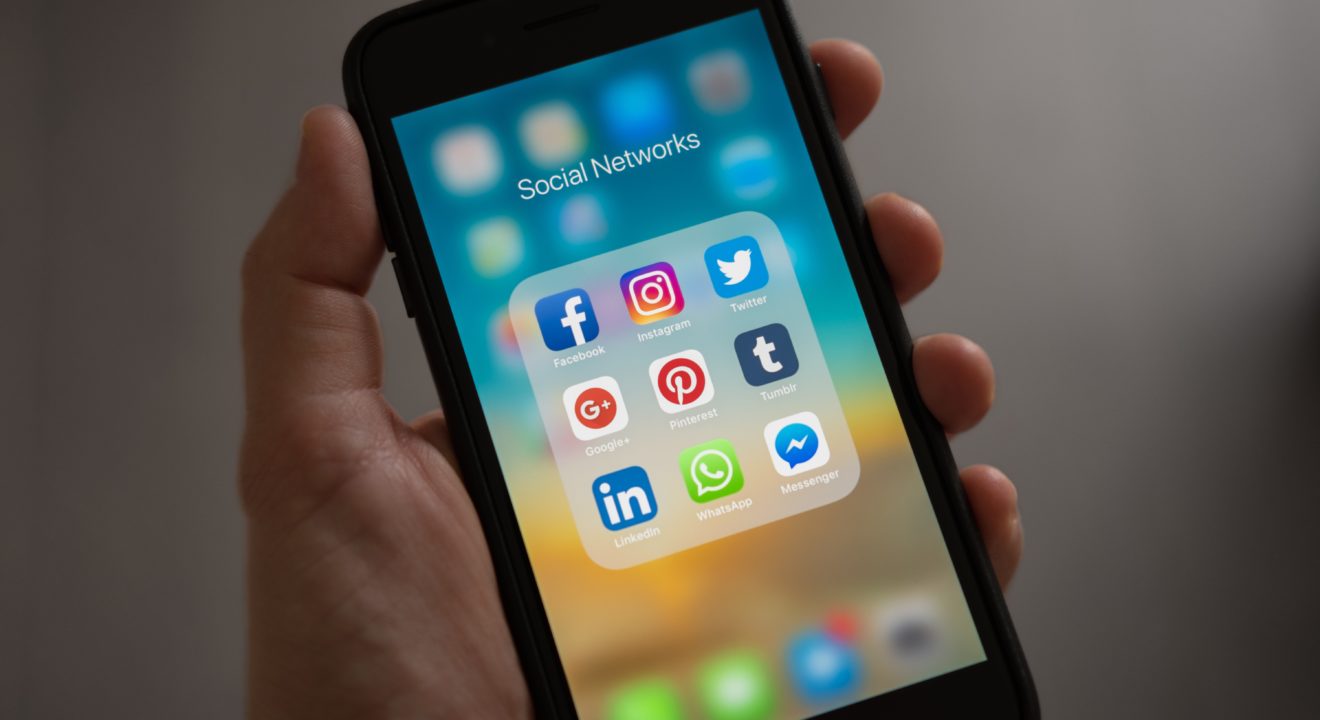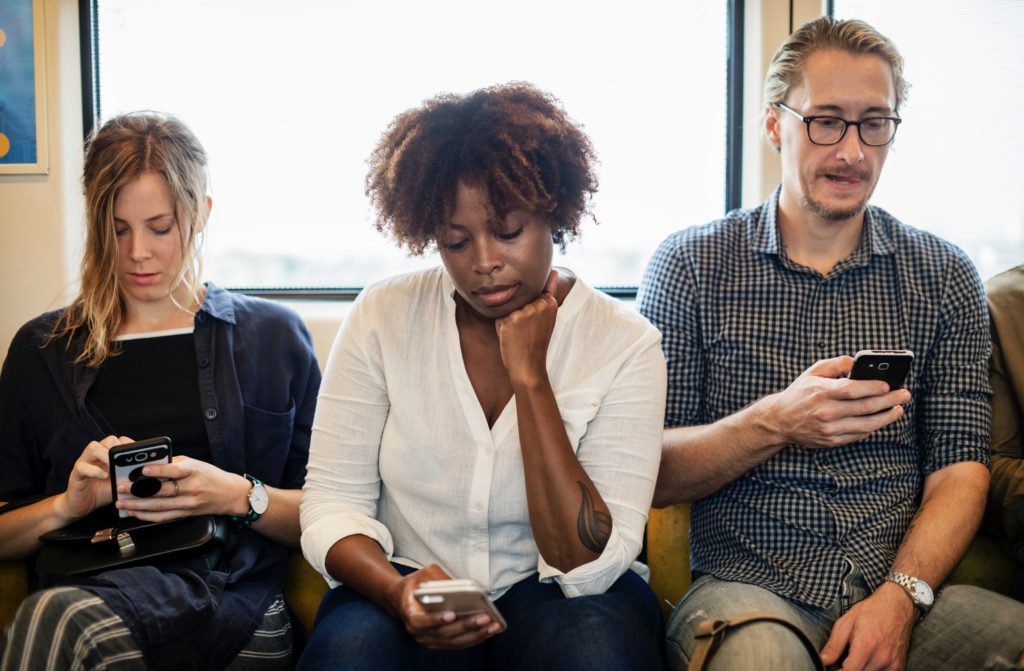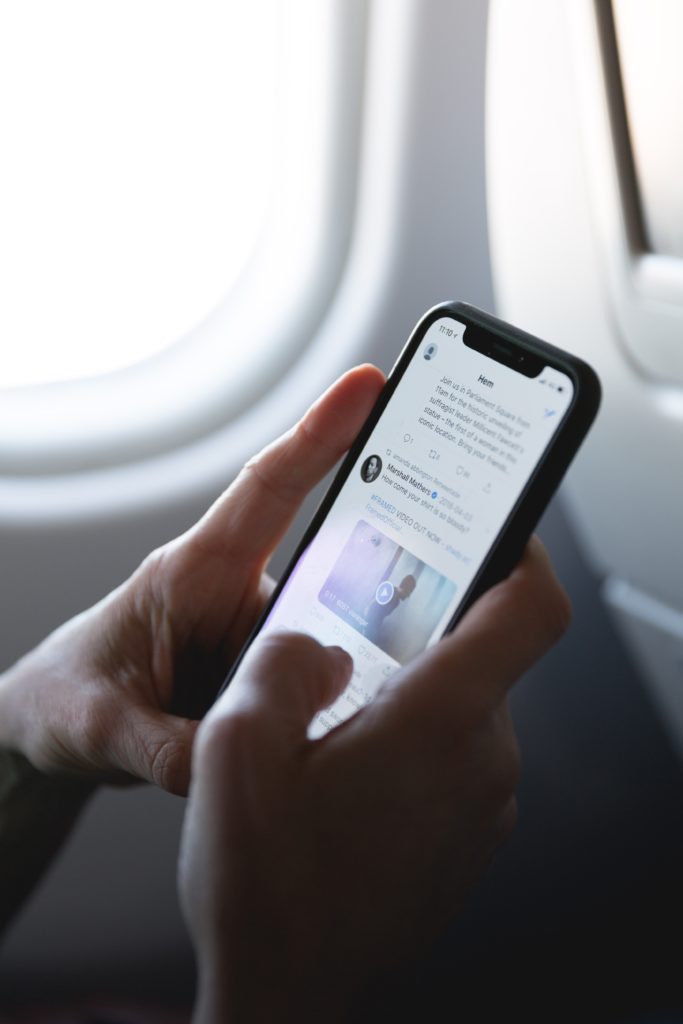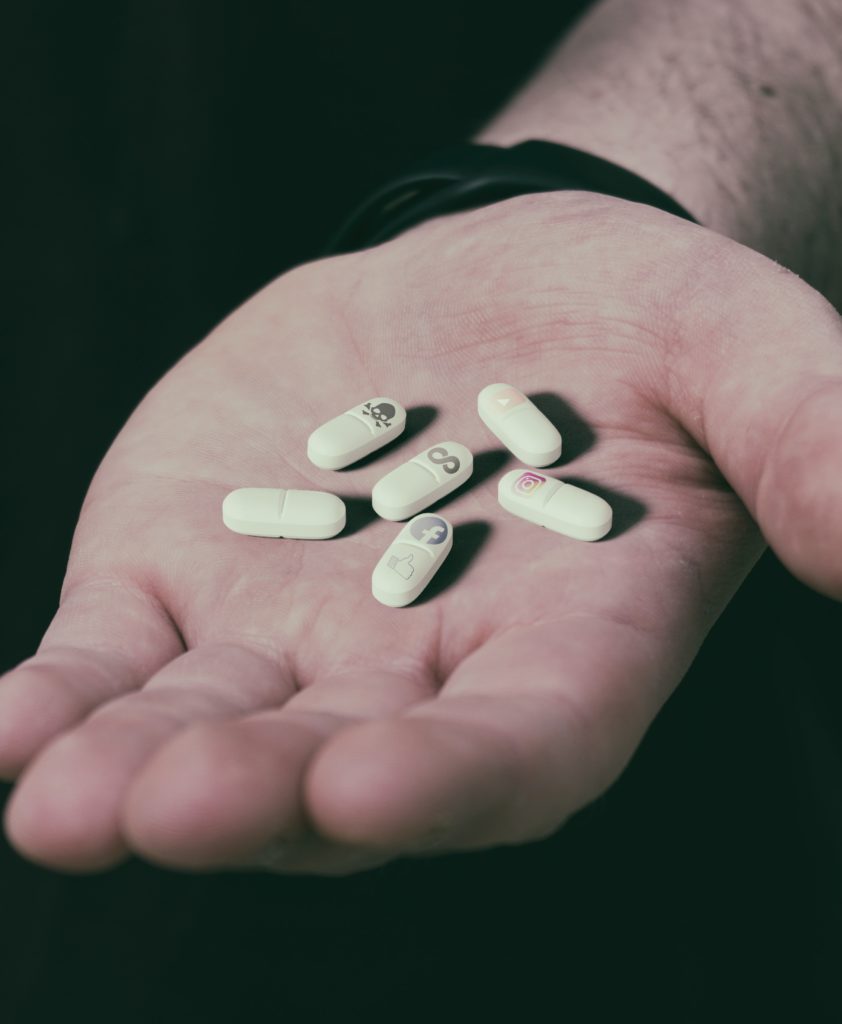Culture July 24, 2019
We have put a curtain between us and our feelings, it's time we tear that curtain down.


Bianca Devins was 17-years-old when a picture of her deceased body spread around social media. Although her name showed up on the trending page, her story is classified as unrecognizable. The photo, which has since is no longer on social media, shows the dangers of social media. The modern person has lost a part of their humanity to the digital world.
With no vetting or evaluations, anyone can create an account. This can lead to future dangers on social media.

Neal Schaffer, a social media consultant, who regularly works in Japan told me about Otakus. He called them “digital natives.” Otakus is a person who lives completely online. These people are an example of how social media has taken away the need for physical human connection.
After all, it is always easier to text someone than meet them face to face.
“This person [who killed Devins] lived a 2-D life and didn’t experience a lot of reality,” said Schaffer.
If you don’t want to see something, you can simply scroll down the screen. With all the negative content out on social media, it is easy to avoid it. “It has made humans a bit numb,” said Schaffer.
The International Journal of Mental Health and Addiction claims, “…dissociation [was] directly associated with problematic social media use.” This was found in their study on emotional trauma in children after growing up with social media.
Devins has only been the most recent example of this dissociation. Other tragedies that were shared publicly before being taken down have made their way around social media, being seen by anyone with a phone.
Media can be seen by so many because there is no regulation on these sites about what is categorized as “disturbing” or “inappropriate content”.
“In what’s become a sad practice, videos of tragedies bounce around the web as tech giants try to purge them,” said Cnet after the New Zealand Mosque shooting.


According to a 2019 study by Hootsuite, 3.5 million people actively use social media.
Lisa Dobias, an advertising professor at the University of Texas at Austin, surveyed her students. Her result read, “the majority of my students say their news sources come from Reddit and other social media sites.”
Social media has been wonderful at sharing moments from our lives. Celebrities update on their newest projects. Friends post funny photos from middle school. And we spend hours scrolling through content.
This platform is used as a past time for most people. However, it quickly can be turned into a prominent news platform. So, people could not only share their positive moments but their negative ones as well.
In 2012, the Arab Spring revolution blew up on Twitter for everyone to witness. The wave of support that followed took the form of demonstrations, protests, and other public events.
Communications Professor Phillip Howard from the University of Washington told the college newspaper, “‘[Social media]…helped raise expectation for the success of political uprising.'”
Social media has brought light to many injustices, racists cops, homophobic behavior, violent acts. Though not most of them have happy endings, the rise of awareness has created an accountability system for everyone in public.
Why are suicides, murders, and mass shootings shared all over social media? Schaffer explains, “the gut reaction is, ‘I can’t believe what happened here, watch this.'” The share action takes only seconds and therefore can spread worldwide instantly.
Gwen Nisbett, a journalism professor at the University of North Texas, talks about how social media has started to concern the public. “What I think people are most concerned about, and what researchers are exploring, is the increased rate, reach, and immediacy of tragic and graphic news we consume.”
“In the age of social media, the dangers of over-disclosure are even higher because the audience for these disclosures is large and it’s hard to really anticipate who will see your posts,” said Psychology Today.


Koji Fuse, a journalism professor at the University of North Texas, says that social media expression is a first amendment right. “…We soon realized that we’re all simply exercising our first amendment right of free expression with no accountability whatsoever for our message.”
Schaffer had an idea about what would happen in the future.
“I think we’re going to be seeing government regulations, just like R-rated movies,” said Schaffer. “There is content that, because it is a public forum, should not be published because it does more bad than good.”
We might see more regulations on social media platforms. We might see a continuation of true freedom of expression, but it must be said that our reaction to these stories is apathetic.
Recognizing this emotion can lead to a discussion of how we handle these tragedies on social media. The phrase “thoughts and prayers” only goes so far, we must think: “how else can I support the person in need?” The answer might lie off of social media.